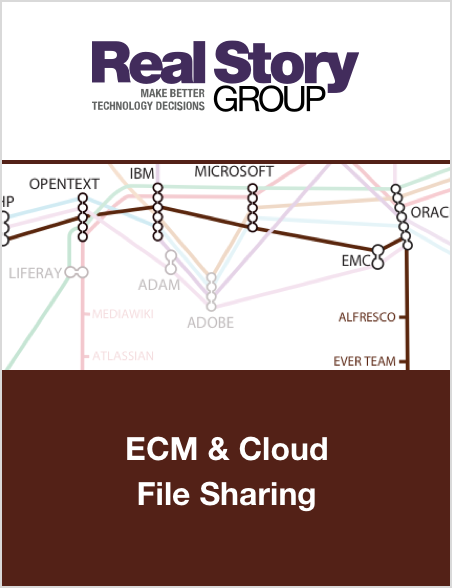Document Management Options for Salesforce
Salesforce has a major — sometimes primary — enterprise platform for some enterprises. At the same time, some processes in Salesforce involve working with documents (such as NDA, contracts, bids, etc.) and then things can get tricky. What are you options?
Use Salesforce for Document Management
This of course is the simplest option. You keep documents closest to your workstream and that means keeping them within Salesforce. The platform provides several options:
- Salesforce Files: This is a file share and sync service, so you could use it to upload files, associate them with your cases or records, and sync them across devices
- Salesforce CRM Content: This is available only in Salesforce Classic and provides another option to publish and manage files
- Others: A set of other options includes Salesforce Knowledge, along with other ways to store documents as attachments or in libraries

Figure: Salesforce Files is similar to other file sharing and sync services. Source: Salesforce
All of these options work differently and offer varying levels of capabilities, but they are all native to Salesforce and can be used without you having to worry about integration or other complex architectural issues.
So for very simple use cases, Salesforce gives you choices. Sometimes this plethora of choices is bad, particularly when different employees use different methods, but sometimes choice can be good, too.
Deploy an External Document Management Solution
In the enterprise, of course, things are rarely simple. Most Salesforce-native options have severe limitations. For example, they all enforce file size limitations (ranging from 5 MB to 2 GB, depending on the option).
Also your requirements can easily move beyond simply uploading and sharing documents. Consider the earlier example of a contract. For an opportunity within Salesforce, you might have to create a contract from multiple documents. Or you might need capabilities such as redlining, have multiple people working on documents, need complex approval workflows — in short, you need other more sophisticated document management capabilities.
For those use cases, native capabilities will not be sufficient and you will need to use an external Document Management system along with Salesforce.
Fortunately, you have several options. Most Document Management tools have built some sort of integration with Salesforce. So most will get a tick mark for Salesforce integration.
But as always, their level of integration varies significantly. And this impacts the usability of your overall system. Eventually, what matters is how seamless the transition between Salesforce and your Document Management system.
So when evaluating an external Document Management Solution, make sure you devise relevant and practical use-cases to test out if the integration offers you the desired level of “seamlessness” without having you spend enormous amount of resources in integrating.
As we update our ECM and Cloud File Sharing evaluations, we are sharing more about specific vendors' capabilities for integrating with Salesforce as well as with other enterprise applications.







